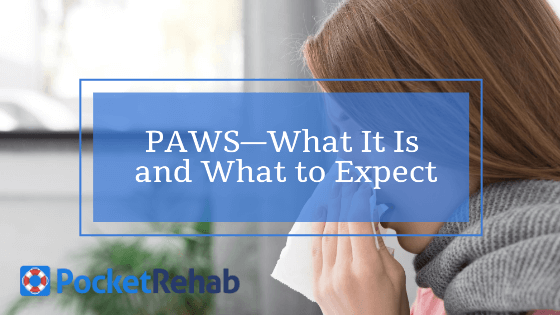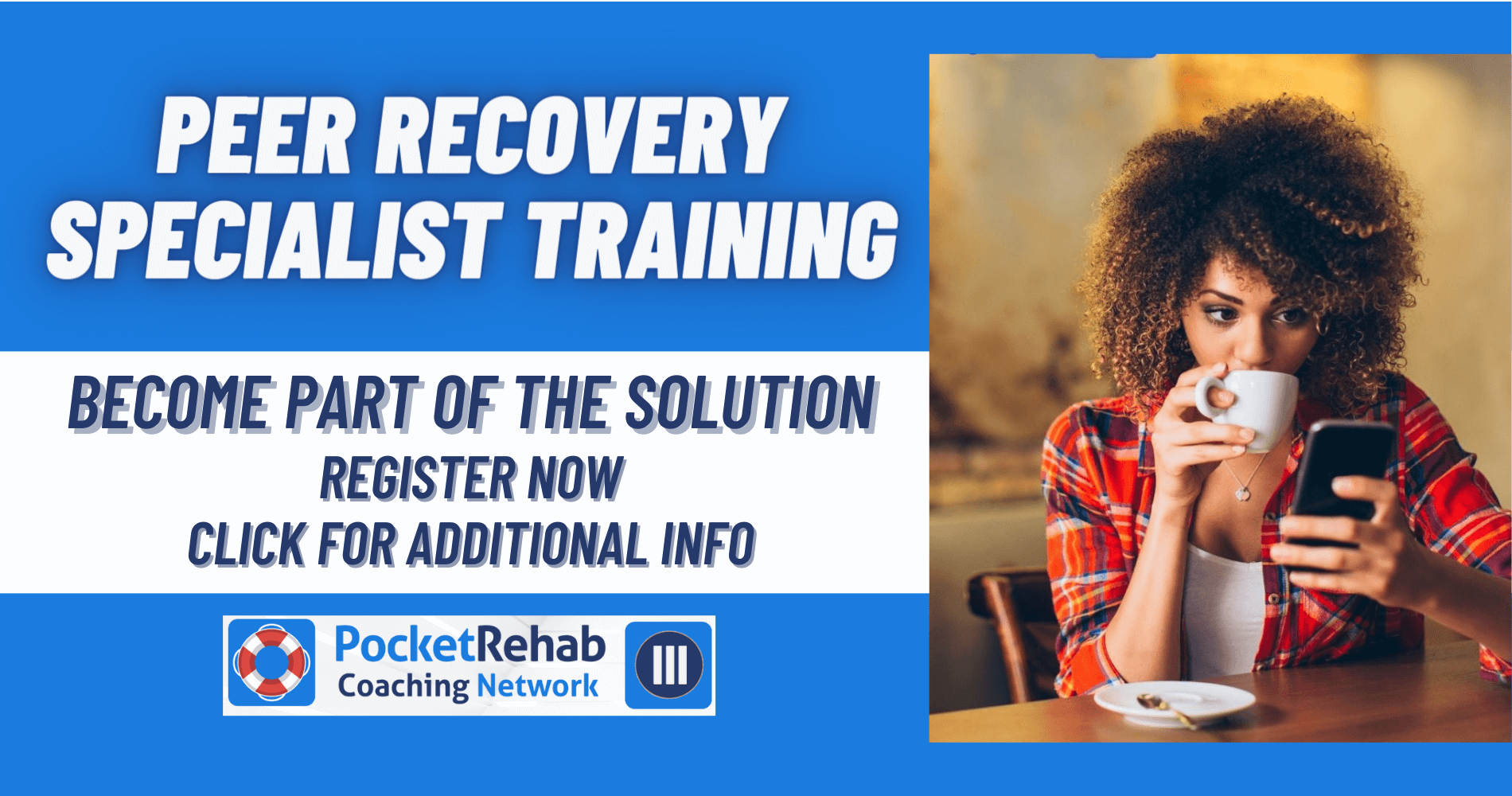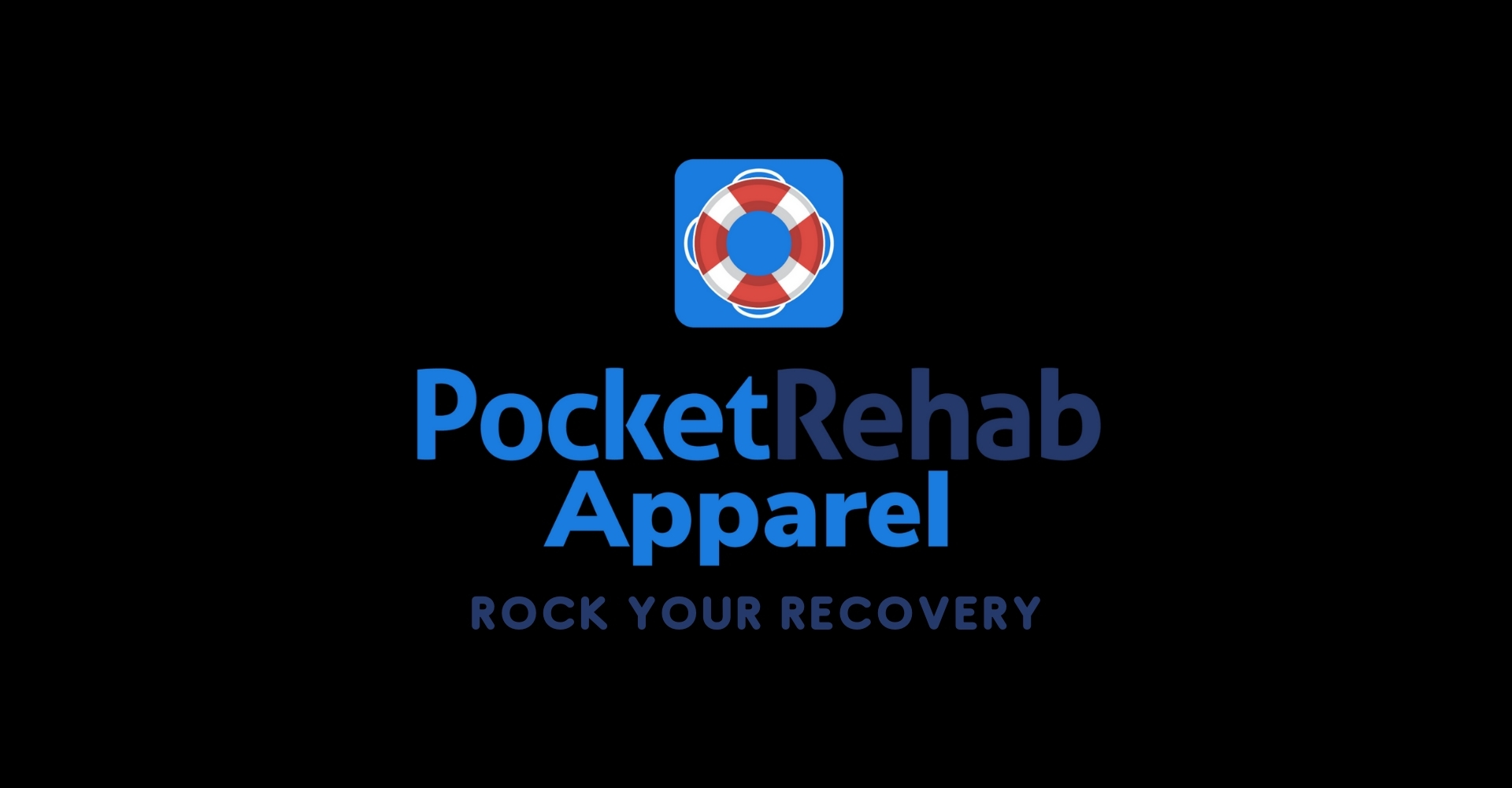PAWS—What It Is and What to Expect

Getting and staying sober is not always easy. One of the top reasons that addicts avoid getting sober as long as possible is the acute withdrawal that comes on quickly when they stop using their substances.
All addictive substances come with their own unique set of withdrawal symptoms, and when an addict is abusing multiple substances, the withdrawal symptoms can be all over the map. Going through withdrawal is dangerous to do on your own, in most cases. While withdrawal from certain substances can potentially be fatal, withdrawal from other substances won’t, even though you may wish to no longer be here.
There is another type of withdrawal that takes place for many addicts who have been abusing substances for a period of time—post-acute withdrawal syndrome, also known as PAWS. PAWS symptoms can appear anywhere from a few weeks to a year after an addict stops relying on substances.
So, here’s what to expect regarding PAWS and some helpful things you can do.
What PAWS Looks Like
PAWS can look different from person to person depending on the substance or mixture of substances they have gotten clean from. Here is a list of possible PAWS symptoms specific to particular substances.
SUBSTANCE-SPECIFIC PAWS SYMPTOMS
-
Alcohol: Those recovering from alcohol can experience extreme mood swings, especially when it comes to daily activities, such as going to the bank or shopping at a grocery store. Alcohol addiction can render a person physically incapable of doing anything, so many times, friends and family members will take on daily responsibilities for them. Integrating back into society after no longer depending on alcohol is not something that happens overnight, and it can be a frustrating process.
-
Benzodiazepines: This class of drug is usually prescribed for anxiety disorders. People pursuing recovery from addiction to these drugs may experience extreme panic attacks, insomnia, and even moments of blackout rage.
-
Opioids: Opioids include drugs such as hydrocodone and heroin. These types of drugs are typically used for pain management. Back pain, irritability, and sleeplessness are common symptoms of PAWS for opioid addicts. Being easily sexually stimulated is something early recovering opioid addicts may experience. That’s because opioid abuse can greatly diminish your sex drive and can cause impotence in men.
-
Stimulants: Cocaine and meth are drugs in this class. A person recovering from these addictions will often experience extreme waves of depression for well up to a year after they stop using them. Stimulants, unlike opioids, are usually coupled with sex addiction, so the recovering addict will often express little interest in sex during the stages of early recovery.
Although PAWS symptoms for each substance aren’t definitive, this will at least give you a good place to start. Again, if a person abuses drugs from multiple categories, they can expect to experience a wide array of PAWS symptoms.
What You Can Do About PAWS
-
Consult a psychiatrist: While the 12 steps and other recovery methods are great ways to help with anxiety and depression, sometimes more help is needed. A good doctor can help you get on the right medications or medical advice so that your early recovery doesn’t have to be more difficult than necessary.
-
Exercise or join a gym: Addicts love feeling good; however, a person in recovery must find healthy ways to feel good. Exercise will help you do that. Joining a gym and planning workout sessions is beneficial because it gets someone exercising, and it will help get you on a schedule. Routines are an important and integral part of healthy sobriety. You can learn more about routines in sobriety in our upcoming blog post.
-
Set aside time each day for a mental health check-in: Active addiction numbs your emotions. With sobriety comes what seems to be an explosion of erratic emotions. It is important in recovery to take time each day to sit down, take some deep breaths, and have an emotional check-in. Talking to others in recovery is also helpful. You can also check out the importance of staying checked into your recovery.
-
Get adequate amounts of sleep: Sleep is negatively impacted when someone abuses addictive substances for an extended period of time. Many in early recovery will appear to be manic—having a string of days full of depression, followed by a period of intense energy. Adapting to a normal sleep schedule will help you heal some of the negative effects of active addiction on your brain.
Not everyone who gets sober experiences PAWS—however, many do. Knowing what to expect and what to do in the case of PAWS symptoms is important information for both the individual recovering and loved ones.
Download PocketRehab today for free in the App Store and on Google play to get access to 24/7 resources for people struggling with addiction and mental illness.
Tags: PAWS, Post Acute, Post Acute Withdrawal Syndrome, Withdrawal, Addiction Recovery, Recovery, Phases of Recovery, Pocket Rehab, Sobriety App, Recovery App, Rehab App





